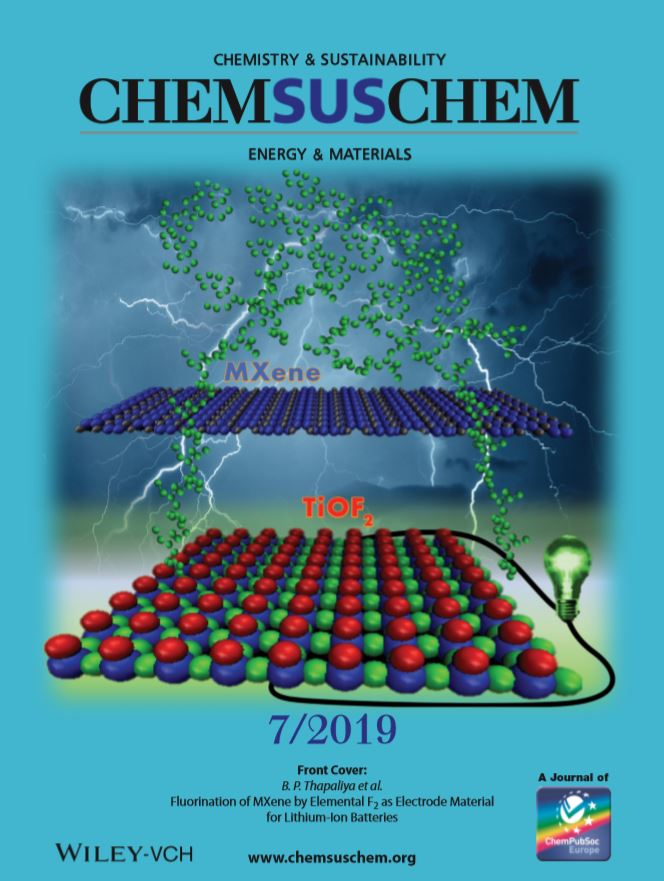Remote Migratory Reductive Arylation of Unactivated Alkenes Enabled by Electrochemical Nickel Catalysis.
IF 7.5
2区 化学
Q1 CHEMISTRY, MULTIDISCIPLINARY
引用次数: 0
Abstract
Transition metal-catalyzed cross-coupling reaction between organometallic reagents and electrophiles is a potent method for constructing C(sp2)-C(sp3) bonds. Given the characters of organometallic reagents, cross-reductive coupling is emerging as an alternative strategy. The resurgence of electrochemistry offers an ideal method for electrochemical reductive of cross-coupling electrophiles. Inspired by the mechanism of electrochemical metal hydride, our study proposed that Ni-H electrochemically catalyze the hydroarylation coupling of unactivated alkenes with aryl halides. 1,1-Diarylalkanes can be produced effectively. This method have advantages including mild conditions, excellent regioselectivity, and satisfactory yields.
通过电化学镍催化实现未活化烯烃的远程迁移还原芳基化。
有机金属试剂与亲电体之间的过渡金属催化交叉偶联反应是构建 C(sp2)-C(sp3)键的有效方法。鉴于有机金属试剂的特性,交叉还原偶联正在成为一种替代策略。电化学的复兴为交叉偶联亲电体的电化学还原提供了一种理想的方法。受电化学金属氢化物机理的启发,我们的研究提出了 Ni-H 电化学催化未活化烯烃与芳基卤化物的加氢偶联。可以有效地制备 1,1-二芳基烷烃。该方法具有条件温和、区域选择性好和收率令人满意等优点。
本文章由计算机程序翻译,如有差异,请以英文原文为准。
求助全文
约1分钟内获得全文
求助全文
来源期刊

ChemSusChem
化学-化学综合
CiteScore
15.80
自引率
4.80%
发文量
555
审稿时长
1.8 months
期刊介绍:
ChemSusChem
Impact Factor (2016): 7.226
Scope:
Interdisciplinary journal
Focuses on research at the interface of chemistry and sustainability
Features the best research on sustainability and energy
Areas Covered:
Chemistry
Materials Science
Chemical Engineering
Biotechnology
 求助内容:
求助内容: 应助结果提醒方式:
应助结果提醒方式:


